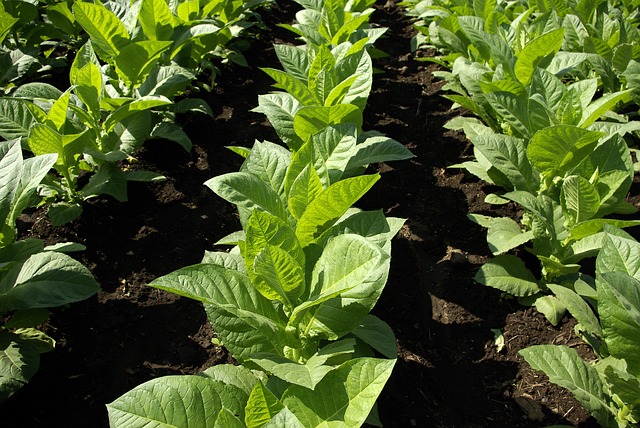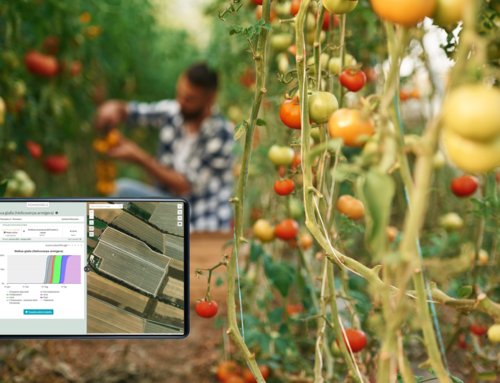Tobacco entered in Italy thanks to Christopher Columbus, but it was in 1700 that the first cultivation appeared in our territory, in the Republic of Cospaia. Italy is the main producer of tobacco in the European Union, with a contribution of 50 thousand tons of raw product per year (27% of European production), despite the fact that the cultivation is concentrated in four regions: Campania, Umbria, Veneto and Tuscany.
The role of nicotine
Nicotine is an alkaloid which is the main compound of the species Nicotiana tabacum L. The greater concentration is found in the leaves: these are in fact the parts that undergo various treatments such as yellowing, color fixation and drying of the leaf edges and rib. This neurotoxin has a particular effect on insects, which is the reason it is often used in the formulation of various insecticides.
Quality of tobacco
Agronomic management plays a key role in the quality of the final product: for this reason, farmers look for tools that can optimize crop operations in the field.
The most important characteristics of tobacco varieties are certainly productivity and product quality, objectives that can be achieved thanks to sustainable and innovative management. That is, a digital management system that allows constant control of the vigour and health of the crop and an assessment of the risk of the spread of diseases or insects, so as to intervene in the best possible way.
Agricolus for tobacco
Agricolus meets the needs of tobacco growers with specific features for the crop:
- Indices from satellite data that allow to receive updated information every 3/5 days on vigour, possible presence of chlorosis or water stress in the field.
- Daily monitoring of crop development thanks to a forecast model that provides information on the number of leaves, percentage of development in height and percentage of flowering (model optimized for the Virginia bright cultivar).
- Control of Plasmopara viticola infestations, one of the main adversities faced by tobacco growers, thanks to indications of the appearance of the disease, its development and the risk of reappearance of the fungus after the first treatment.
- Control of harmful insects, in particular the Helicoverpa armigera, a lepidoptera that causes leaf erosion and affects the integrity of the flap and, consequently, the quality of tobacco.
Do you want to know more about TobaccoDSS?






